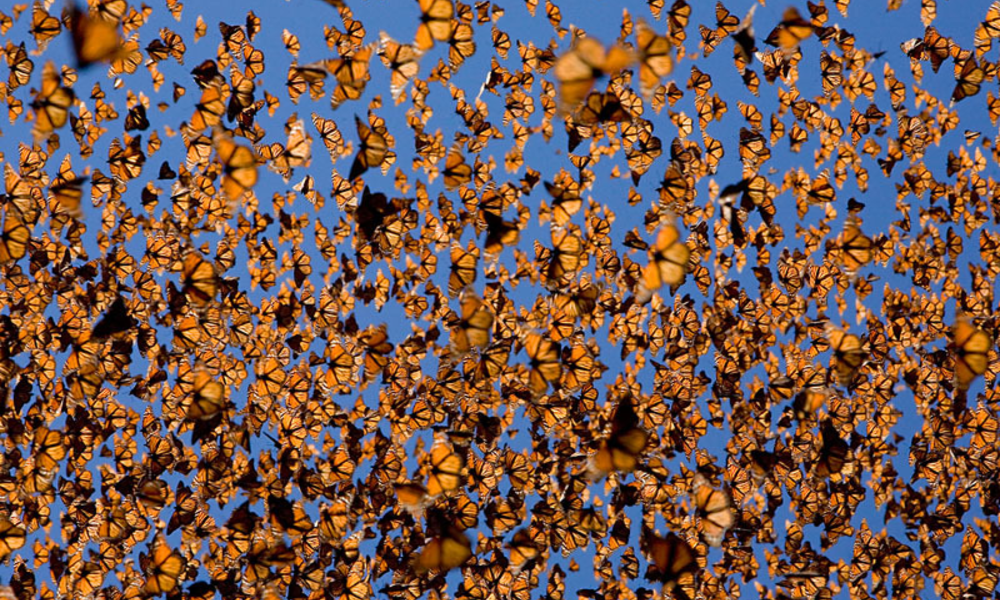The Hellbender Salamander is often called "the mud devil". The Hellbender is the largest aquatic salamander in the United States. The average size of the Hellbender is 12 - 15 inches long. But it can grow up to 29 inches long. Hellbenders are nocturnal. Hellbenders get oxygen from the water through their skin. Young hellbenders have gills but they lose them after there first 18 months. There is another kind of Hellbender that lives in Mississippi and Arkansas called the ozark Hellbender. Below is a map of where hellbenders live.
How can you help them?
You can help Eastern Hellbender Salamanders buy not littering. Epically do not throw your trash into a river, stream, channel, or any other body of water. Even if you throw trash on to the land it could be next to a minor stream that you don't know about. If you throw your trash on the ground when it rains it could wash the trash into a body of water and then you will end up killing some animal or a Hellbender.


